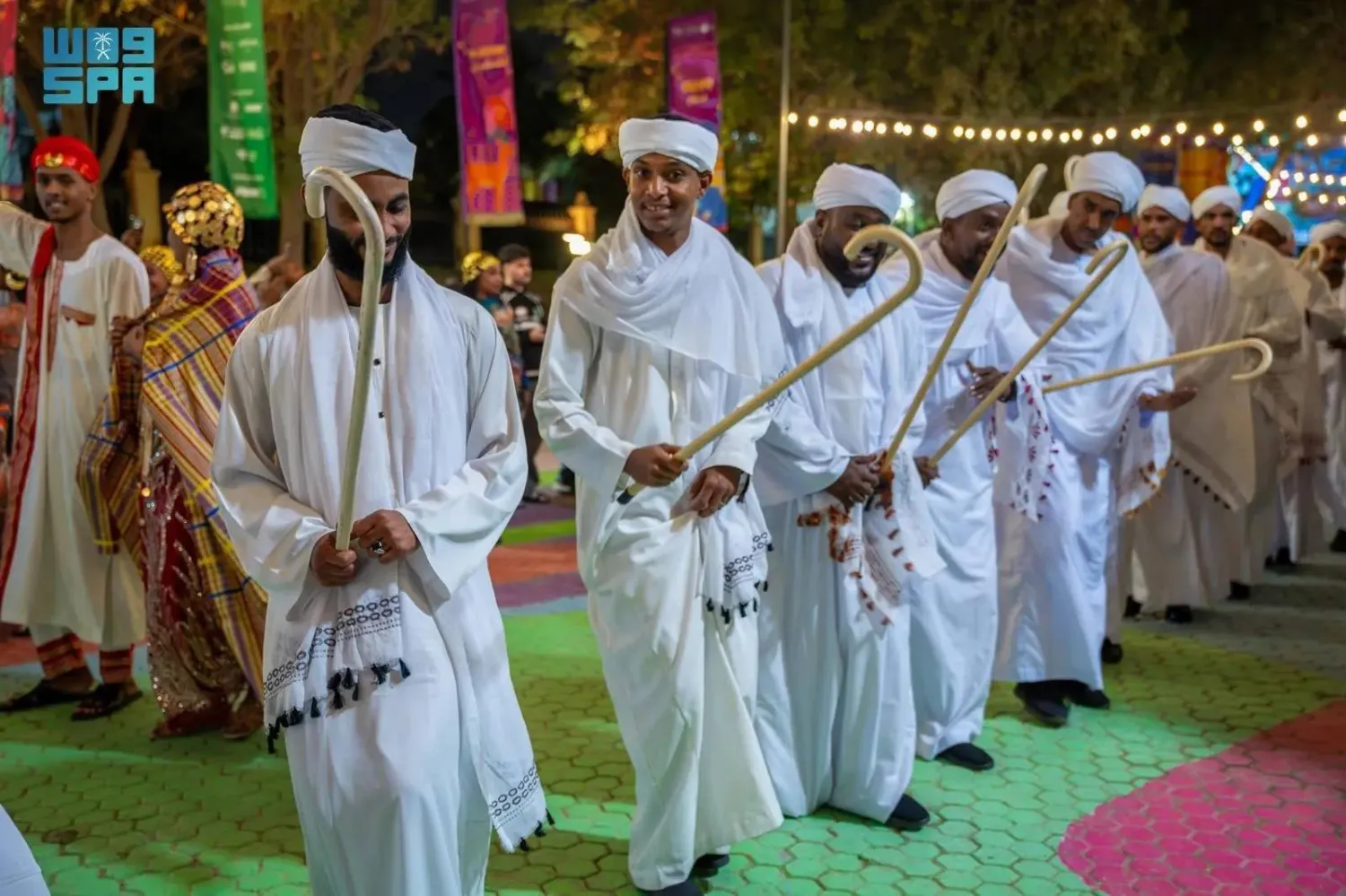The Department of Culture and Tourism – Abu Dhabi (DCT Abu Dhabi) has reaffirmed that Saadiyat Cultural District, along with its cultural institutions, is on track for completion in 2025, Emirates News Agency (WAM) reported.
Saadiyat Cultural District is a global platform, emanating from a rich cultural heritage, celebrating traditions, and advancing equitable culture. It is an embodiment of empowerment, showcasing museums, collections, and narratives that celebrate the region’s heritage while promoting a diverse global cultural landscape, WAM said Wednesday.
Once completed, the diversity of Saadiyat Cultural District’s institutions will make the district one of the most unique cultural platforms. It is already the home of Louvre Abu Dhabi – the first universal museum in the Arab world – showcasing artworks from different cultures side by side and telling a story of human connections. Since opening in 2017, Louvre Abu Dhabi has welcomed 5 million visitors and is recognized for its breathtaking architecture and its innovative narrative. Nearby, Berklee Abu Dhabi offers music, performing arts and educational programs throughout the year.
Additionally, Manarat Al Saadiyat serves as a center for creative artistic expression and is home to two significant initiatives in Abu Dhabi’s cultural calendar: Abu Dhabi Art and Culture Summit Abu Dhabi.
The current construction progress of the soon-to-open institutions in Saadiyat Cultural District stands at 76 percent. Zayed National Museum, the national museum of the United Arab Emirates, will celebrate the nation’s rich history and culture, as well as honor the legacy of the country’s founding father, the late Sheikh Zayed bin Sultan Al Nahyan. Additionally, teamLab Phenomena Abu Dhabi invites visitors to an ever-changing exploration that will transcend the limits of their imagination.
It will be joined by the Natural History Museum Abu Dhabi, which will include a research and teaching institution that will take visitors on a 13.8 billion-year journey through the story of our universe and our planet, WAM said. Guggenheim Abu Dhabi will be a museum celebrating art from the 1960s to the present and the most important artistic achievements of our time.
Saadiyat Cultural District pays homage to the legacy of the late Sheikh Zayed, who defined the cultural agenda and unveiled the history of the UAE to the world through archaeological excavations and findings. This legacy began with the establishment of Al Ain Museum, the first museum in the UAE, which opened in 1971. This was followed by the inauguration of the Cultural Foundation in 1981. Sheikh Zayed’s legacy continued to evolve under the guidance of the late Sheikh Khalifa Bin Zayed Al Nahyan. Today, President Sheikh Mohamed bin Zayed Al Nahyan, and Sheikh Khaled bin Mohamed bin Zayed Al Nahyan, Crown Prince of Abu Dhabi and Chairman of Abu Dhabi Executive Council, continue to build on that legacy.









